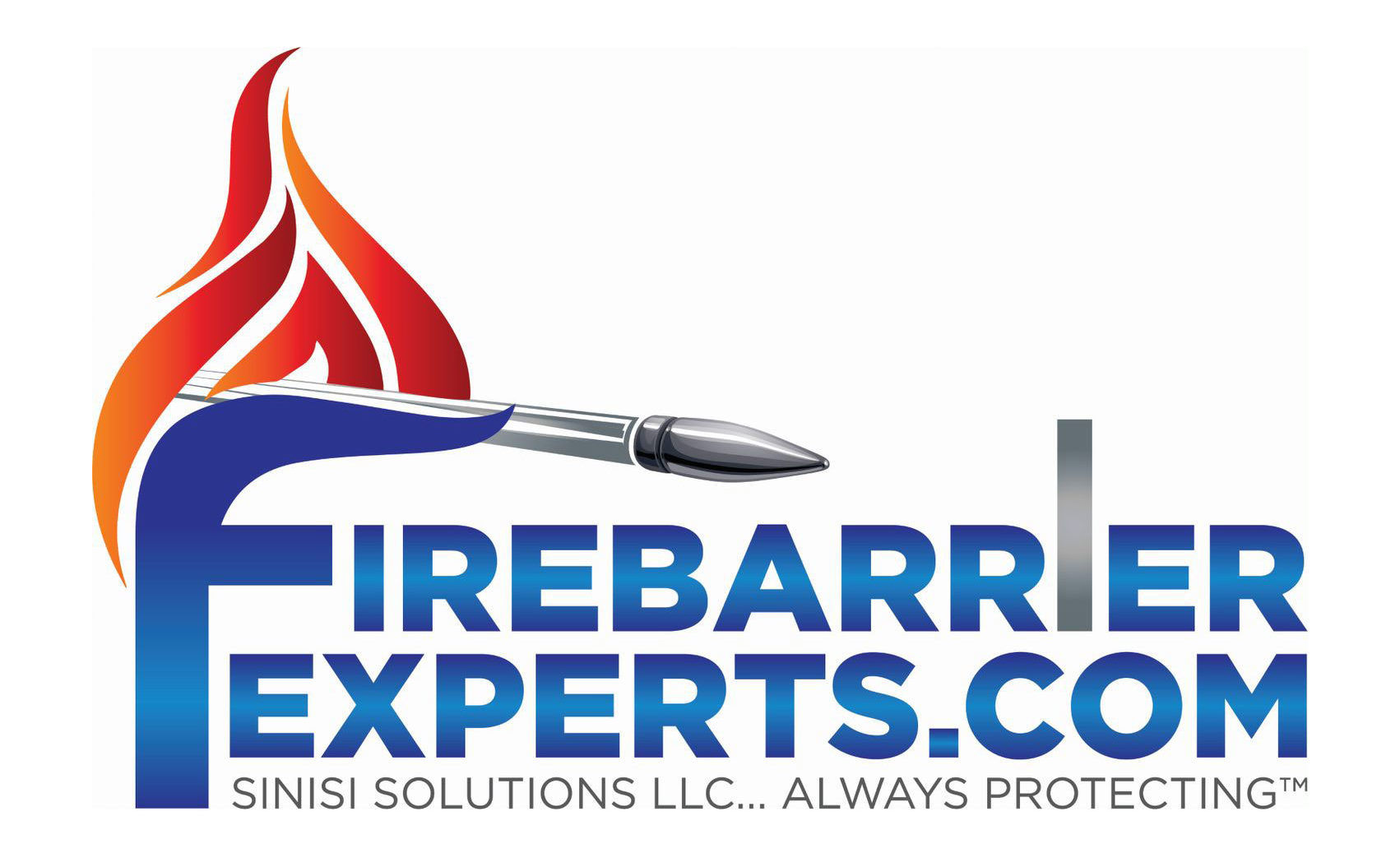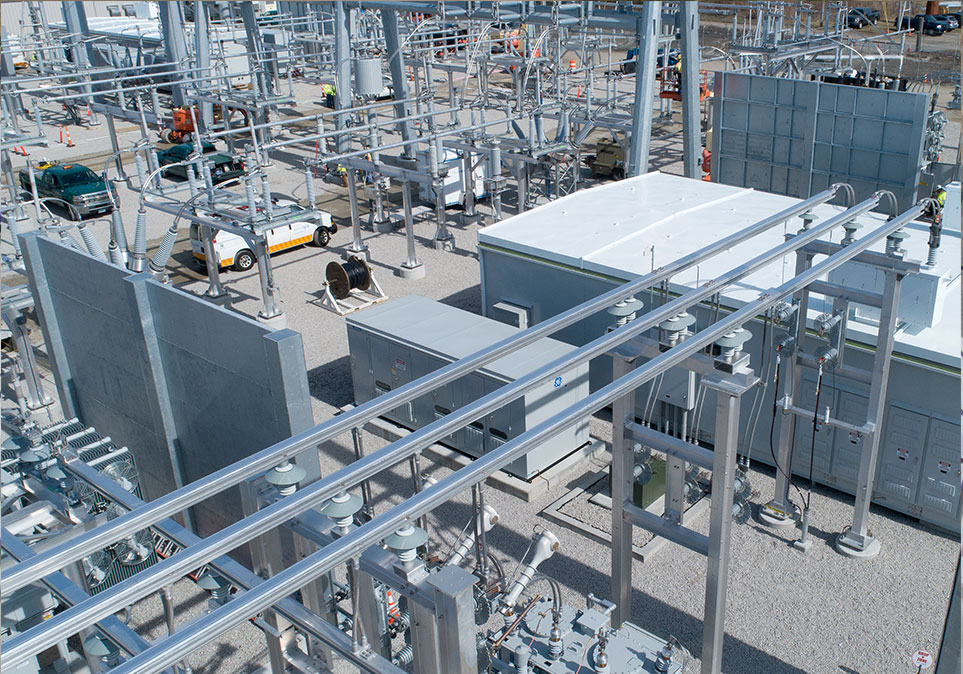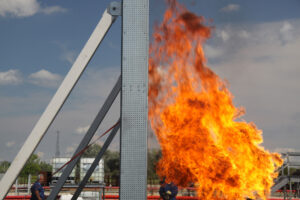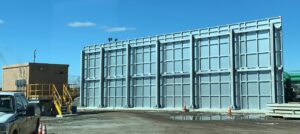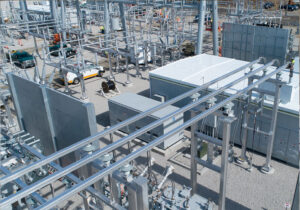While wood or timber, one of the most common building materials, can easily catch fire, you can make the surface more fire-resistant if you use the right construction techniques. Such construction practices help contain the fire for as long as possible to reduce casualties and property damage. However, wood is not the only construction material; there are other materials that can work better. A good building contractor will work you through all critical infrastructure protection protocols and all the measures you can have in place.
DuraSteel Board
DuraSteel Board is a passive fire protection product that’s noncombustible. This material can be your answer in fire emergencies, having been extensively tested in horizontal, vertical, and enclosure-type fire-resistant drills. As compared to other materials, it can provide up to six hours of fire resistance.
Featuring two metal sheets, this is a robust material that you can use both outdoors and indoors as it also resists moisture and impacts. Once installed, it doesn’t require a lot of maintenance.
Fire Resistant Wall Board
When the wallboard remains intact during a fire, it helps protect the interior wooden structure of the wall. Given that it’s less expensive, many companies prefer using a fire-resistant board. Using fire-resistant boards will keep the wall and its structure intact longer.
For instance, Gypsum wallboard incorporates glass fibers and chemical additives that make the board more stable when exposed to high heat. The composition of the board and the use of multiple layers prevent the board from falling away from the frame, thus ensuring it remains in place. Compared to other boards, fire-resistant wall boards have an extra thickness that reduces the transfer of heat through the board.
Shear Wall Construction
This is a braced wall built to withstand lateral forces such as earthquakes and winds. These walls are often constructed with plywood linked to the studs to supply lateral bracing. Besides fire resistance, a wall designed with wallboard and plywood provides about 10 minutes more fire resistance than one constructed with wallboard alone.
Wall Board Attachment
Fastening the wallboard studs through the metal channels instead of screwing them directly helps keep them in place for longer during a fire outbreak. Since the wallboard is not directly attached to studs, any movement caused by the fire is likely to pull away from the fasteners.
In this type of construction, the wallboard is screwed to the part of the channel that extends past the edge and the metal channel screwed to the studs. When a metal channel is not used, horizontal blocking will provide additional fastening and help increase a wall’s fire resistance.
Exterior Cladding
Most fire-resistant exterior walls are covered with fire-resistant materials such as concrete, stucco, and brick. Walls that have less fire-resistant material such as wood siding and vinyl should incorporate fire-resistant wallboard. Attaching the siding directly to the wallboard on the exterior surface of the wall also improves fire resistance.
The best way to keep your property safe from fire is to use a fire-resistant board. If you are unsure how to go about it, contact an expert such as https://firebarrierexperts.com/critical-infrastructure/ to help you understand and install the right measures.
Sinisi Solutions
75 Main St, Manasquan, NJ 08736
732-232-2100
